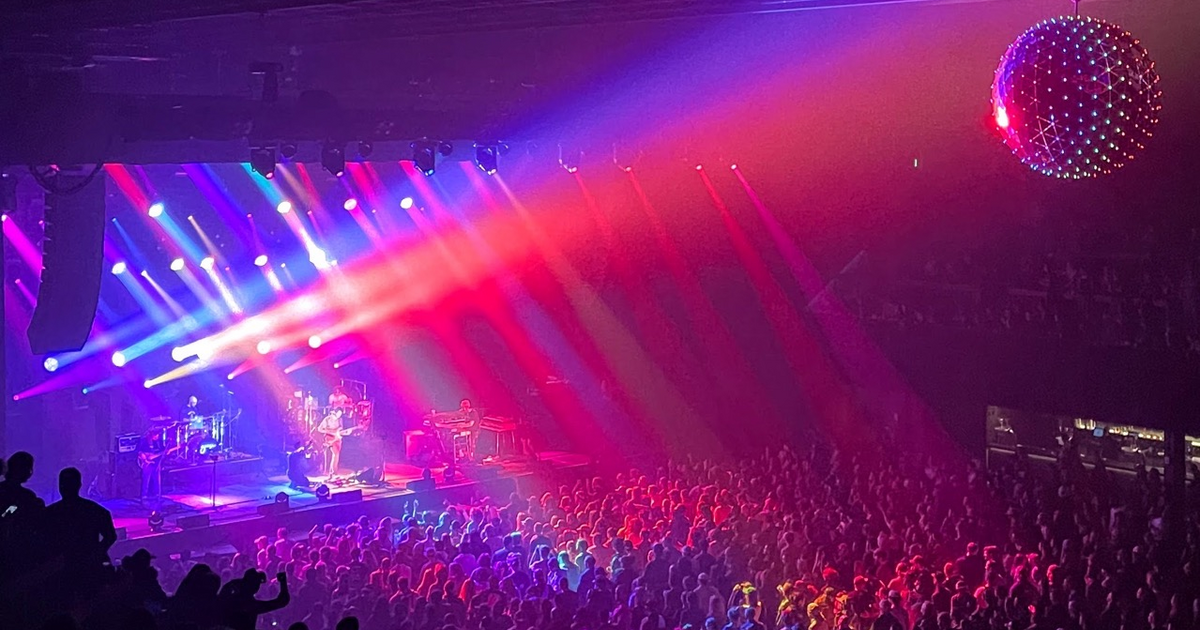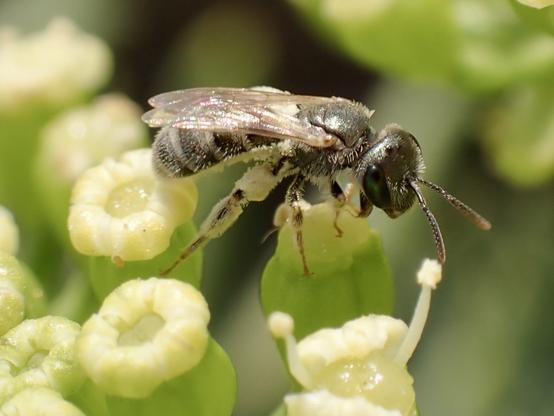#nativebees
Looks like I'll be getting gifts from local pollinators. First, I let locally native Maypops (Passiflora incarnata) grow in my #garden. Complex and beautiful flowers.
Then I enjoy Carpenter Bees, very important native pollinators, while they do their thing. The caterpillars of the Gulf Fritillary butterfly also eat the leaves as their sole source of food. So I enjoy those butterflies as well.
Later, when the fruit grows and turns purple, I get Maypops to eat with their tropical tartness. And I don't have to go to the store. Thanks, pollinators!
#BiodiversityGardening #HabitatGardening #Gardening #Rewilding #Nature #NativePlants
@gardening #NativeBees #Pollinators
#Bloomscrolling break. And hubby wanted to remove the #MilkThistle plant near the rain barrel (we have a couple of plants). I was like, "Nope! The bees love it! It stays! Just watch out for the prickly bits."
Sure, European Honeybees are effective agricultural pollinators in the U.S., but what about our native bees?
Check out this shiny green beauty! It's a Metallic Green Sweat Bee, a generalist pollinator. It pollinates many trees, shrubs and flowers.
Solitary, it takes pollen to its young in burrows underground or in rotting logs. I keep a population safe in my #garden by not using pesticides and leaving large areas in a more natural state.
Today 2 generations of urban wild bees visited
Pretty sure a new generation emerged of green sweat bee, Agopostemon
And a Lasioglossum gathering pollen for her next generation
An orange-tipped wood digger enjoying the anise hyssop in the garden.
The Two-spotted Longhorn Bee (Melissodes bimaculatus) is another one of my frequent garden visitors. You can see a male in the middle of a Showy Evening Primrose Oenothera speciosa) and a female hovering close by Lemon Beebalm (Monarda citriodora.)
It seems my garden is popular with American Bumble bees (Bombus pensylvanicus), I see them regularly, Someone told me bees generally favor purple and yellow blooms, and many of the native plants and vegetables growing in my garden are accommodating in that regard.
#vegetablegarden, #nativebees, #beans, #invertebrateconservation, #invertebrates, #entomology, #gardening, #wildlife, #wildlifephotography #bees
#TinyHomes for #NativeBees at #WellandCommunityOrchard
#Bee condos wall, hosts native sweat bees, leaf cutter bees & blue mason #bees.
Fuzzy green bee from the genus Agapostemon.
A Hunt's bumblebee serenely clinging to a swaying Foxglove beardtongue, with a very gentle, much needed drizzle coming down.
For #PollinatorWeek I am sharing the pollinator garden work which I made for my show *next week* about the future of pollination for Manufactured Ecosystems. Using collaged linocut prints I built up this little garden with multiple native wildflowers, bees, moths, butterflies, beetles and a log, complete with some holes as homes for native bees. 1/2
Before sunrise, a Bumble Bee sleeps on the mound of a Coneflower. That's dedication to the job. Gets up and starts working immediately.
Unbee-knownst, a caterpillar munches below. Probably a Geometer Moth caterpillar but haven't been able to get confirmation yet.
Good example of two ways insects interact with plants ecologically. Some eat them, other pollinate them.
Insects evolved in association with certain plants and have adapted to their defenses. Non-native plants can overrun natives and be inedible to the eaters.
#BiodiversityGardening #HabitatGardening #Gardening #NativePlants #Insects #NativeBees #Biodiversity #Nature @gardening
Pollinator Week is a great time to share this print, which expresses the central theme of my work about the Future of Pollination for Manufactured Ecosystems. Our food sources & ecosystems around us are dependent on pollinators (mostly bees & other insects, some birds & mammals) but insects populations have lost huge numbers and many species altogether.
New species in my garden!
A Painted Lady on a Black-eyed Susan.
The caterpillars feed on thistles and I have a few.
They also feed on mallows. I need to get some mallows, actually, especially the U.S. temperate version of the popular Hibiscus.
The platter-shaped flowers of the Swamp Rose-Mallow would look great. Even better, they provide food for #NativeBees and caterpillars of two other butterflies: the Gray Hairstreak and Common Checkered-skipper.
That would be serious habitat building!
#BiodiversityGardening #HabitatGardening #Gardening @gardening #NativePlant
In times like these, it's wise to have in focus what carries you
Like these wild bee's wings, where the macro focused in the brief moment the bee was visiting
Habropoda (?) on Eriogonum cinereum
False Anise with a monsterous bumblebee.
#BloomScrolling
#NativePlants
#NativeBees
There's a chance I may someday soon see a leafcutter bee, in petal cutter action
This is one of dozens of Romneya flowers that has been visited
Hopefully this season, many small nests are being padded with petals

